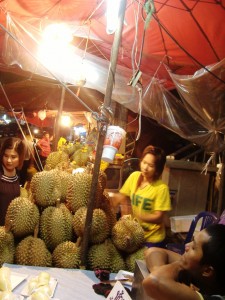For centuries, the Kamayurá planted their summer crops when a certain star appeared on the horizon. “When it appeared, everyone celebrated because it was the sign to start planting cassava since the rain and wind would come,” Chief Kotok recalled. But starting seven or eight seasons ago, the star’s appearance was no longer followed by rain, an ominous divergence, forcing the tribe to adjust its schedule.
It has been an ever-shifting game of trial and error since. Last year, families had to plant their cassava four times — it died in September, October and November because there was not enough moisture in the ground. It was not until December that the planting took. The corn also failed, said Mapulu, the chief’s sister. “It sprouted and withered away,” she said.
That’s from a NY Times article from the Xingu National Park in Brazil. And it’s not just the Kamayurá’s cassava that is being affected.
Deforestation and, some scientists contend, global climate change are making the Amazon region drier and hotter, decimating fish stocks in this area and imperiling the Kamayurá’s very existence. Like other small indigenous cultures around the world with little money or capacity to move, they are struggling to adapt to the changes.
That eerily echoes the experience of the Tla’Amin people, a Canadian First Nation. But that’s another story. Back to cassava. Coincidentally, our friend and colleague Andy Jarvis has just shared a presentation which looks at the effect of climate change on cassava in Latin America.
Perhaps Andy will tell us whether the changes Chief Kotok described are in line with what his models are telling him.
